Companion Plants for Edibles
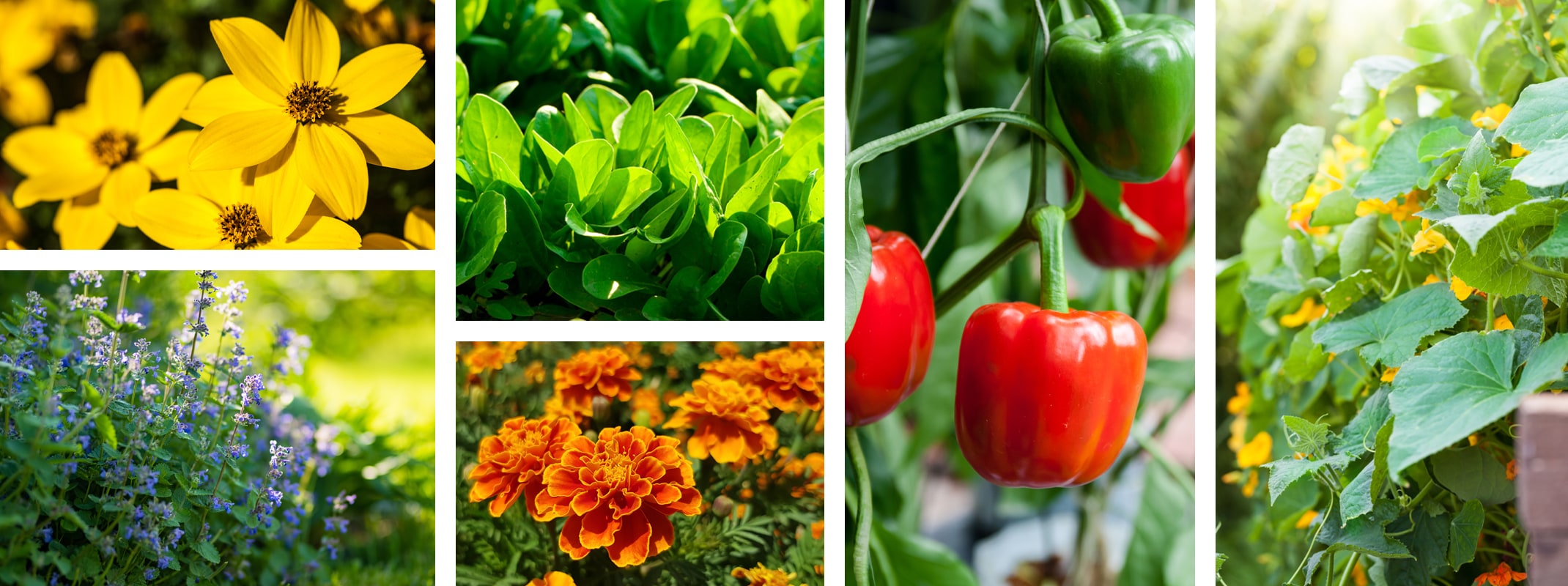 Companion planting in a vegetable and herb garden can enhance plant growth, deter pests, and encourage pollination. In the Bay Area of California, with its Mediterranean climate featuring wet winters and dry summers, selecting the right companions is crucial for a thriving garden. Here are 23 ways to utilize companion plants in your garden.
Companion planting in a vegetable and herb garden can enhance plant growth, deter pests, and encourage pollination. In the Bay Area of California, with its Mediterranean climate featuring wet winters and dry summers, selecting the right companions is crucial for a thriving garden. Here are 23 ways to utilize companion plants in your garden.
23 Ways to Use Companion Plants
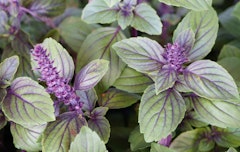
African Blue Basil: This herb can help repel insects and is believed to improve the flavor of some vegetables.
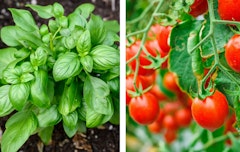
Basil and Tomatoes: Basil is known to repel flies and mosquitoes, which can be beneficial for tomatoes. It's also said to improve the flavor and growth of tomato plants. They thrive together in the warm summers of the Bay Area.
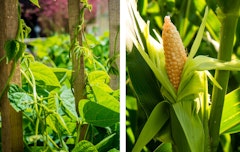
Beans and Corn: This is a classic example of companion planting, stemming from Native American agricultural practices known as the Three Sisters (the third sister being squash). Beans fix nitrogen in the soil, which corn heavily consumes. Beans can also use the corn stalks as a natural trellis.
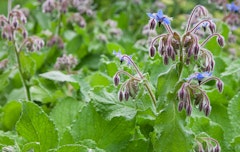
Borage: This plant is a general insect deterrent, such as hornworms and can also improve soil health. Borage is known to benefit tomatoes and squash.
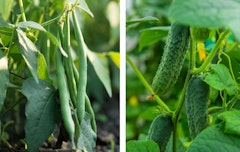
Bush Beans and Cucumbers: Beans fix nitrogen in the soil, which cucumbers can use for growth. Beans can also provide some shade for cucumbers in hot weather.
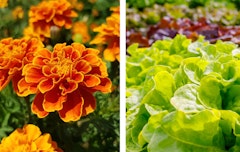
Marigolds and Lettuce: Marigolds' vivid orange blooms are great for the garden because they draw in good bugs and keep pests like aphids away from lettuce. They also enhance the soil and bring in pollinators that help the entire garden. Plus, they can lure pests to itself and protect other veggies.
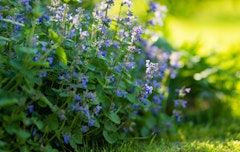
Catnip: This herb can deter flea beetles and aphids.
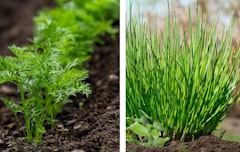
Chives and Carrots: Chives can help repel the carrot fly and aphids, which are common pests for carrots. The strong scent of chives is thought to mask the scent of carrots, protecting them from being targeted by pests. Additionally, chives can enhance the flavor of carrots when planted closely.
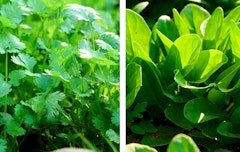
Cilantro and Spinach: Cilantro flowers attract beneficial insects that prey on pests attacking spinach. Moreover, cilantro prefers cooler weather, so it can be grown in the cooler parts of the season alongside spinach, which also prefers cooler temperatures.
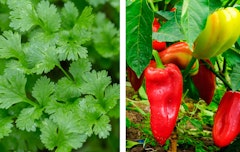
Cilantro with Peppers: Cilantro repels aphids, spider mites, and potato beetles, and can help protect peppers.
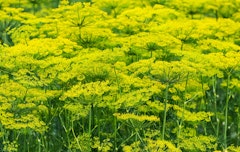
Dill: Attracts beneficial wasps and can be planted with cucumbers to improve growth and health.
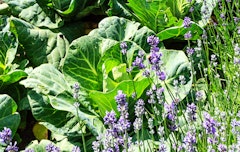
Lavender and Cabbage: Lavender keeps moths away, which helps protect cabbage and similar plants from cabbage moth damage. It also brings in helpful insects that eat pests. The strong smell of lavender can even stop pests from finding nearby vegetables.
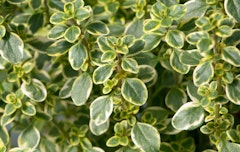
Lemon Thyme: It repels mosquitoes and can enhance the flavor of companion vegetables.
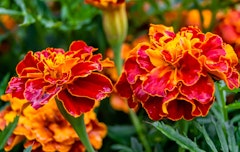
Marigolds with Just About Anything: Marigolds are a powerhouse in the garden, deterring nematodes and pests that attack vegetable roots, especially beneficial for root vegetables like carrots and beets. Their bright flowers also attract pollinators.
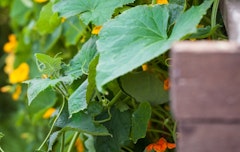
Nasturtiums and Cucumbers: Nasturtiums are a great companion for cucumbers by acting as a trap crop for pests such as aphids. They also attract pollinators, which is beneficial for cucumber pollination. Their bright flowers can also make the garden more attractive.
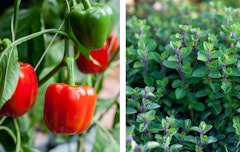
Oregano and Peppers: Oregano acts as a general pest repellent due to its strong scent. It can help protect peppers from various pests and can improve the overall health and flavor of pepper plants. Oregano is a hardy herb that thrives in the same conditions as peppers.
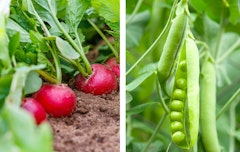
Peas and Radishes: Peas add nitrogen to the soil, which is good for growing radishes. Since radishes grow fast and peas take more time, planting them together saves space and is good for both plants.
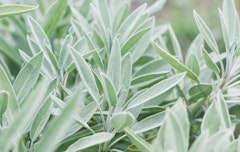
Sage: It repels cabbage moths and carrot fly and is often planted next to carrots and cabbage family crops.
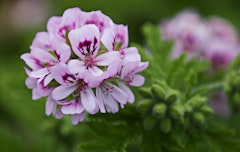
Scented Geraniums: They are known to repel pests with their strong scent.
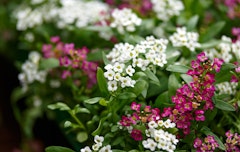
Sweet Alyssum: This flower attracts beneficial insects like hoverflies, which prey on aphids.
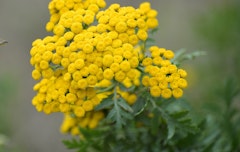
Yarrow: It attracts beneficial insects and is said to enhance the essential oil content of herbs.
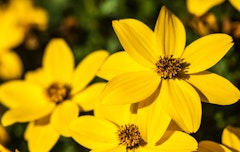
Yellow Bidens: These flowers attract beneficial insects that can control pests.
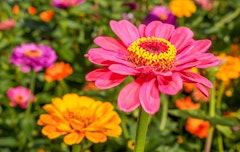
Zinnias: They attract hummingbirds and beneficial insects such as hoverflies and ladybugs.

